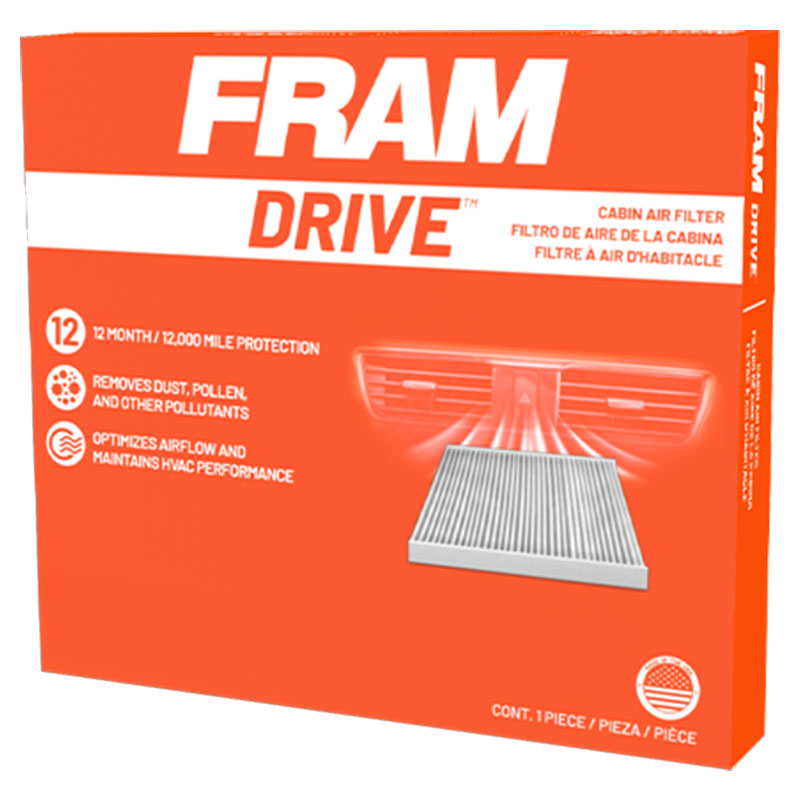


Understanding Oil Filter Capacity, Flow Rate, Efficiency, and Micron Rating
Capacity, flow, efficiency, and micron rating are the core metrics that define an oil filter’s performance.
Capacity
Capacity refers to how much particulate matter a filter can retain before it becomes saturated and reaches its limit. This is crucial because once a filter becomes clogged, it can no longer effectively trap contaminants. When that happens, the oil filter bypass valve opens to maintain flow, allowing unfiltered oil to circulate.
To put it into perspective, a filter with a capacity of 15 grams can retain up to 15 grams of contaminants before reaching its limit. When an engine generates a high volume of sludge or debris, a higher-capacity filter is necessary to prevent premature bypass activation. However, increasing capacity isn’t simply a matter of adding more media. The filter must also be engineered to maintain adequate flow, even as it accumulates contaminants.
A common misconception is that a larger filter automatically has higher capacity. While it may hold more oil, its filtration capacity is determined by the media type, surface area, and pleat density. A smaller filter with advanced synthetic media can often hold more contaminants than a larger filter with basic cellulose media.
Efficiency
Efficiency measures how effectively a filter can trap contaminants of a specific size. It is usually expressed as a percentage at a specific micron rating. A filter that is 95% efficient at 20 microns can capture 95% of particles that are 20 microns or larger. The same filter may only be 50% efficient at 10 microns, meaning it captures half of the particles that size or larger. Efficiency is closely linked to the filter media. Synthetic media, with tightly woven fibers, can achieve higher efficiency at smaller micron sizes without significantly reducing flow. Cellulose media, while less efficient at capturing fine particles, allows for greater flow rates and is often sufficient for everyday driving conditions.
Flow Rate
Flow refers to the rate at which oil can pass through the filter media without restriction. Maintaining proper flow is critical because engine components depend on a constant supply of oil for lubrication and cooling. If a filter is too restrictive, it can impede flow, leading to oil starvation. This is particularly dangerous during cold starts or high RPM operation when oil pressure spikes.
A filter designed for 10 gallons per minute (GPM) will struggle to keep up when the engine’s oil pump pushes 12 GPM, potentially forcing open the bypass valve and allowing unfiltered oil to circulate. Conversely, a filter with excessive flow may not effectively remove contaminants, as oil moves too quickly through the media.
The key is to balance flow with filtration efficiency. High-performance filters with synthetic media can maintain optimal flow while capturing smaller particles, making them suitable for engines that operate under high stress or extreme temperatures.
Micron Rating
Micron rating indicates the size of particles a filter can trap. One micron is one-millionth of a meter. A filter with a micron rating of 25 will capture contaminants 25 microns or larger, while a filter rated at 5 microns will capture particles 5 microns or larger. However, micron rating alone does not indicate how well the filter performs. It must be considered alongside efficiency. For example, a filter with a 10-micron rating at 90% efficiency will trap 90% of particles that are 10 microns or larger. If the same filter has a 50% efficiency at 5 microns, it will only trap half of the particles of that size. Both filters are technically efficient, but they serve different purposes based on engine requirements.
Engines with tight tolerances, such as turbocharged or high-performance engines, benefit from lower micron ratings because they are more susceptible to wear from small particles. Standard engines, however, may not require such fine filtration and can operate effectively with a higher micron rating.
Why These Parameters Matter Together
The effectiveness of an oil filter depends on its capacity, flow, efficiency, and micron rating. A filter with high capacity but poor flow can restrict oil circulation and trigger bypass activation. A filter with high efficiency but limited capacity can clog quickly and compromise filtration. The ideal filter for any application is one that balances these parameters based on engine requirements, operating conditions, and service intervals. The oil filter should meet or exceed the manufacturer’s specifications for capacity, efficiency, flow, and micron rating.
FRAM oil filters are engineered to provide optimal protection by balancing capacity, flow, micron rating, and efficiency. With advanced synthetic media designed to trap even the finest particles without restricting flow, FRAM filters maintain consistent oil circulation under all operating conditions. From daily commuters to heavy-duty work trucks, FRAM filters are built to handle demanding applications while extending service intervals and safeguarding engine components. Trusted by professionals and proven in rigorous testing, FRAM delivers the performance and reliability that engines need to run clean and stay protected.
Questions? We're here to help. Reach out the FRAM specialists for product and maintenance support.
VIEW FRAM PRODUCTS
SEARCH







